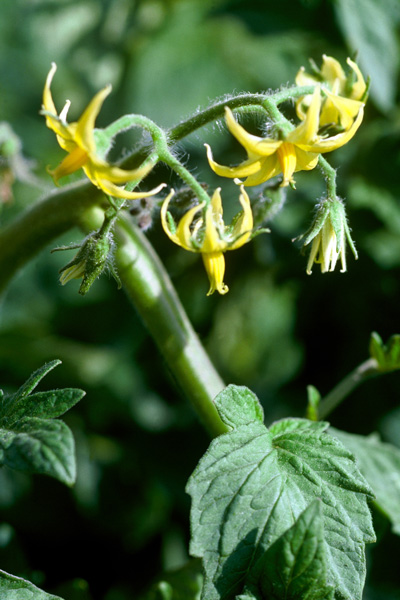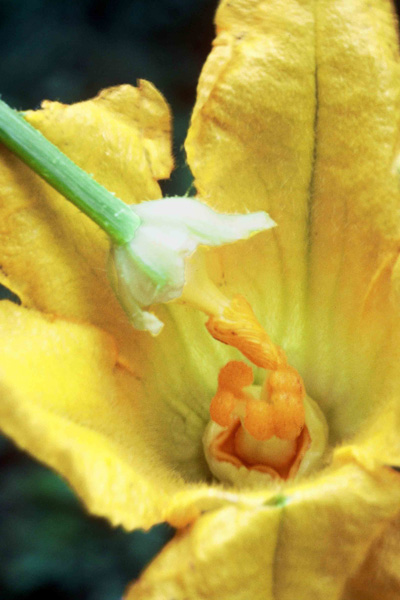Questions of the Week: June 13, 2019
“My tomatoes and squash aren’t setting fruit. What can I do to change that? The plants look great.”
Let’s break it down into the two crops and examine the possibilities.
Tomatoes…
First possibility is that you have the wrong varieties. Large-fruiting tomatoes have a physiological challenge with setting fruit once temperatures reach 90F and warmer. We’re already there, so if you have Big Boy, Beefsteak and other really large types, that is your issue. You’ll be doing well to get 6 or 8 fruit per plant before they shut down. Those varieties are best suited to the Upper Midwest where summer temperatures fall in their desired range. They certainly weren’t bred for Texas.

But what if your small and mid-sized varieties aren’t setting fruit, either? That would be lack of pollination. Tomatoes are pollinated by vibration, generally of the wind. The pollen within a flower shakes loose and pollinates that flower itself. So if you’re growing tomatoes against a solid fence or wall, you can expect to have poorer fruit set than if they’re out in the open where the breezes blow through. But you can thump the flower clusters with your fingertip to shake the pollen loose. Do that every other day and see if it doesn’t make a difference.
Squash…
There are some important facts you need to remember here. I’ll put them in bullet form to draw attention to each.
• All members of the cucumber family (squash, cucumbers, melons, gourds, etc.) are pollinated by bees.
• All cucurbits bear separate male and female flowers.
• Male flowers have straight stems back to the vines.
• Female flowers have swollen stems that attach to the main vines or stalks.
• For the first couple of weeks that a plant is in flower, most (if not all) of its flowers will be male. That’s nature’s way of ensuring a good supply of available pollen.
• Once the female flowers start showing up, watch to see if you have good bee activity around them.

• If you do not see bees, do the pollinating yourself. Snip off a male flower. Trim off the petals. Use the stem to hold the male flower and daub the pollen onto the sticky surface of the female flower.
• Repeat this process every few days, but don’t over-tax your plants. Don’t try to get every possible female flower to set fruit.
Hopefully this will increase your plants’ productivity.
